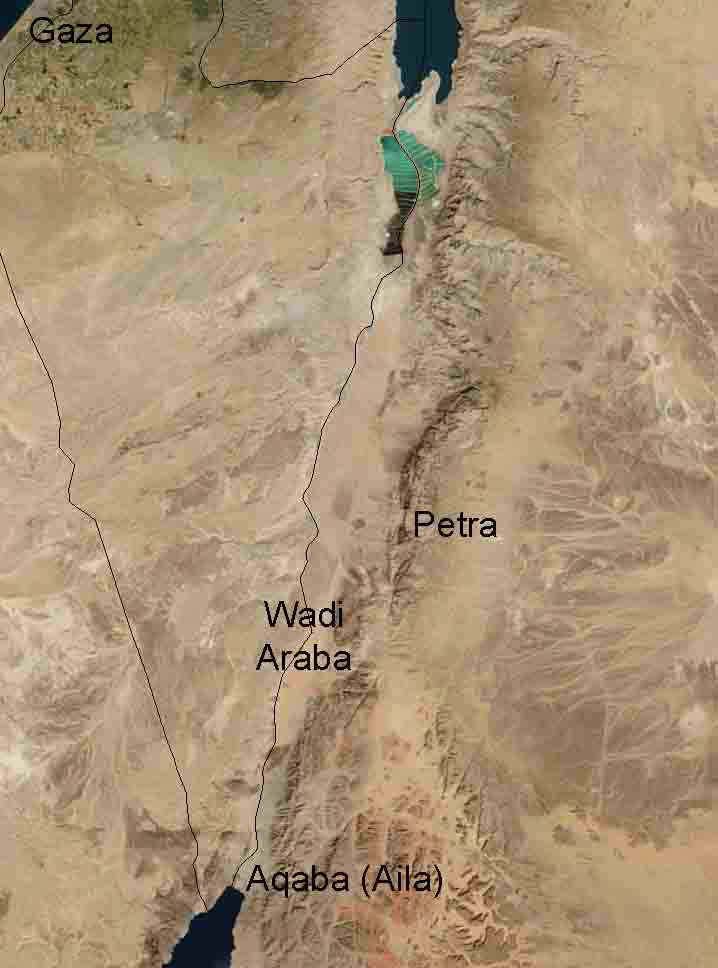 OVERVIEW
OVERVIEW OVERVIEW
OVERVIEW
The Wadi Araba Archaeological Research Project (WAARP) seeks to advance knowledge of the
cultural environment of Wadi Araba for all historic and prehistoric periods through the
design and implementation of archaeological research projects aimed at investigating Wadi
Araba in its totality, as more of an integrative region rather than as a divide between
nations (Jordan and Israel). Several comprehensive research projects, including
archaeological surveys, excavations, and subsequent analyses of material culture, have
been incorporated into the general research design of WAARP.
WAARP also aims to be a clearing-house of information on the cultural resources of Wadi Araba. An elaborate GIS application has been developed that records all known archaeological sites inWadi Araba in relation to various environmental features. It is hoped that this information will guide future fieldwork in Wadi Araba, by building predictive models of settlement patterns in relation to the natural environment. Moreover, because WAARP encourages and promotes the economic development of Wadi Araba, the GIS application should allow progress to be made without overtly violating or jeopardizing the Araba's cultural landscape. In short, it is hoped that information derived from this work will serve generally to promote a greater appreciation of the cultural environment and the methods and means by which to document properly and to preserve the valley's cultural remains.
HISTORY
The Wadi Araba Archaeological Research Project was conceived by Dr. Andrew M. Smith II in 1996, very soon after completing his M.A. thesis at North Carolina State University. The thesis, entitled An Historical Geography of Wadi Araba, examined the history of Wadi Araba in the Classical periods both as a integrative and communicative whole and as a major land route for north-south and east-west traffic. When Dr. Smith began work in the Araba, most of the eastern sector of the valley was unexplored, and the need to document the cultural landscape was immediately apparent. Dr. Smith began with the Southeast Araba Archaeological Reconnaissance in 1993, which converted into the Southeast Araba Archaeological Survey (SAAS) in 1994 (subsequent field seasons in 1996 and 1998) when it fell under the aegis of the Roman Aqaba Project. The SAAS expanded to include the documentation of all cultural remains encountered from all prehistoric and historic periods. Dr. Smith has since continued his work in the Araba, and he designed the WAARP both as a forum for his own research and as a venue to highlight salient discoveries made by his numerous colleagues also working in the Araba.
copyright ©1996 Wadi Araba Archaeological Research Project
Most recent update: 7/10/07
For more information contact amsii@hotmail.com